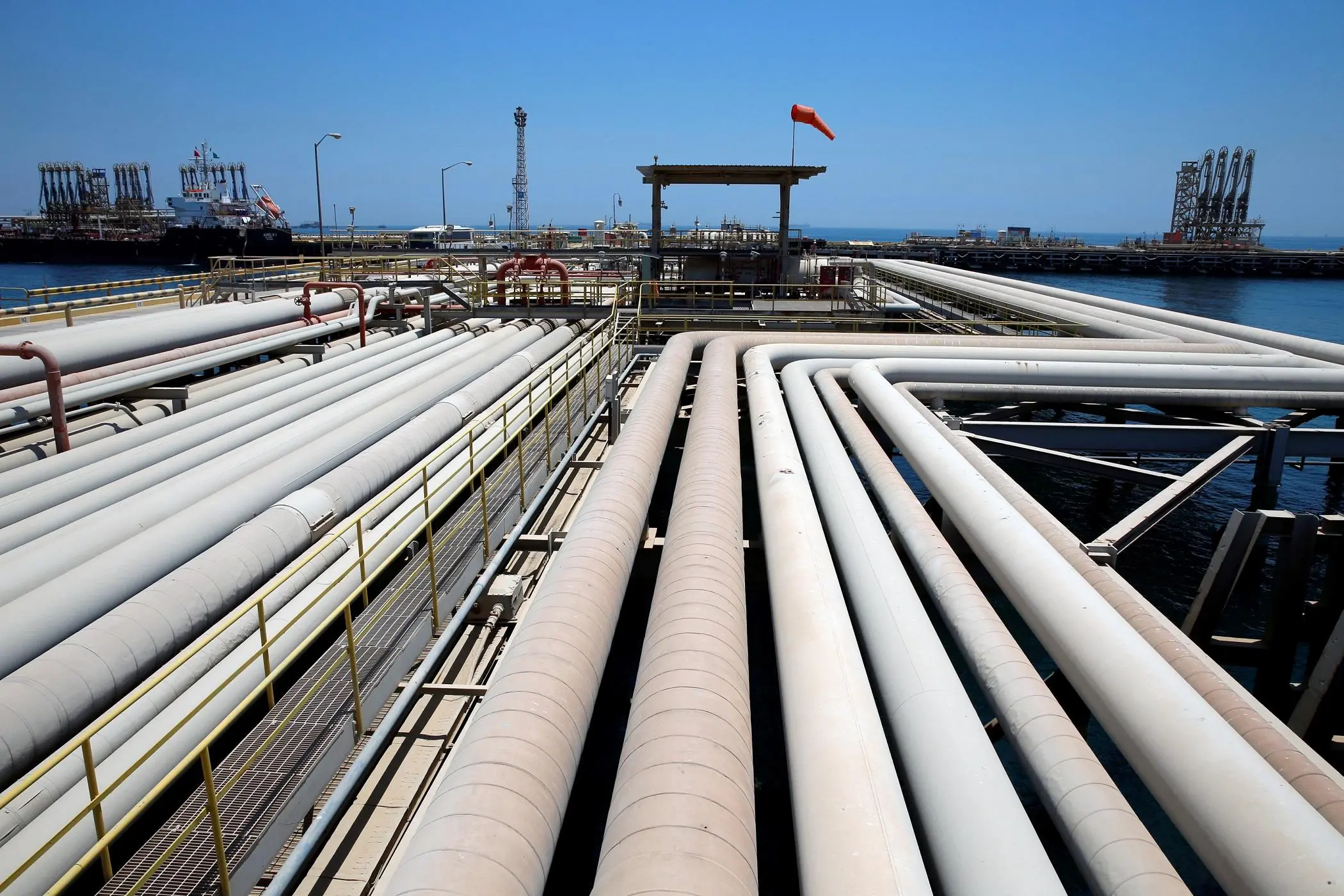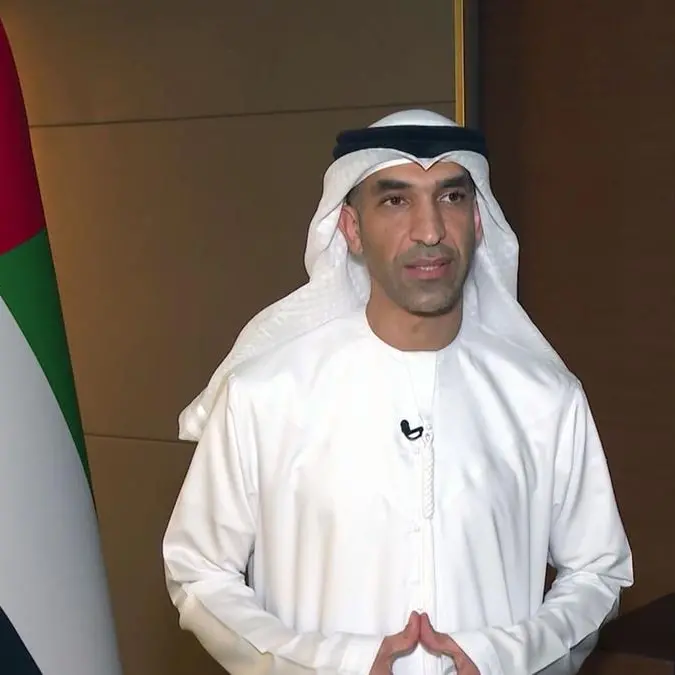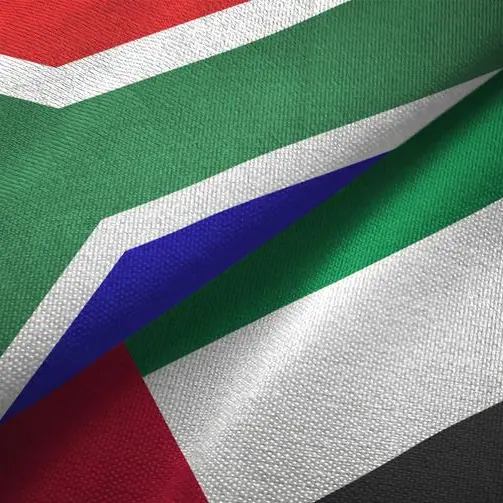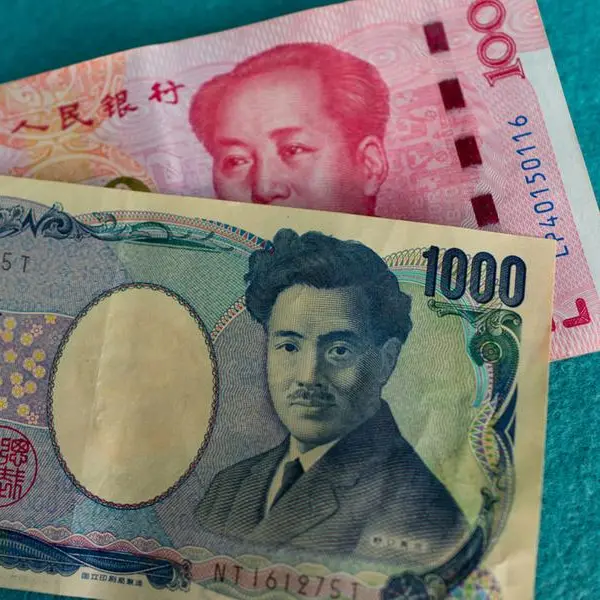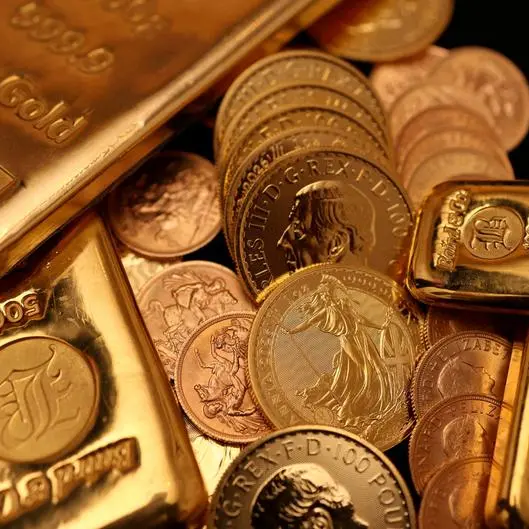PHOTO
Opec + decision on Wednesday to press ahead with raising output on the back of an oil price rebound will help to lift the Gulf economies further, analysts at Capital Economics said on Thursday.
Higher oil output and increasing prices will mechanically support stronger GDP growth in the Gulf economies going forward. Analysts expect Brent crude to fall back to $60 per barrel by the end of 2022 leading to higher oil export revenues in 2021and consequently further improving budget and current account positions.
“Against this backdrop, we expect that policymakers in the Gulf will take steps to loosen fiscal policy. Coming alongside high vaccine coverage in most countries, this underpins our view that the Gulf economies will record strong recoveries over the coming quarters. Our GDP growth forecasts for 2022 generally lie above the consensus,” Capital Economics analysts said.
They noted that Opec+ was dealing with conflicting pressures ahead of the meeting. On the one hand, the group was having to contend with pressure from the Biden administration to raise output more quickly to push down prices. On the other hand, the fall in oil prices in the first few weeks of August, driven by concerns that the spread of the Delta variant would result in a drop-off in oil demand, had raised the possibility that Opec+ would hold off from raising output.
“In the event, the rebound in oil prices over the past couple of weeks that has pushed Brent back above $70pb made the group’s decision straightforward. Ministers agreed to push ahead with their original plan to raise output by a further 400,000bpd in October, a move welcomed by the White House,” they said.
Ehsan Khoman, director, MUFG Bank, EMEA, said oil prices are expected to remain range-bound with hesitancy to push the market in either direction for the remainder of this quarter. However, a near-term volatility may overshoot on both ends temporarily.
“Looking ahead, the balancing of cyclical demand headwinds with structural supply tailwinds, leads us to remain neutral-to-bearish on oil prices for the rest of 2021. Our quarterly profile remains for Brent to regress lower from $75/b in Q2 to end Q3 and Q4 2021 at $73/b and $64/b, respectively, and to average $58/b in 2022,” said Khoman.
He said under the weight of higher Opec+ output, steadily rising shale, the eventual return of Iranian supply, juxtaposed with a more normalised demand profile, oil price could slip along the curve. “Key behind our bearish oil price narrative is that the focus will shift from demand to supply which will increasingly become a source of negative impulses.”
Opec and its allies expect global oil markets will continue to tighten this year even as they revive output, but then flip into surplus again in 2022.
Fuel stockpiles will continue to decline during the rest of this year even as Opec+ proceeds with its agreement to add 400,000 barrels a day each month, the data indicates. World inventories will diminish at an average rate of 825,000 barrels a day over the next four months.
But the numbers reveal a fresh challenge for Saudi Arabia and its partners in 2022, as they gradually reverse output cuts that helped rescue the global oil industry last year. Markets are projected to tip back into surplus from January and remain oversupplied throughout 2022.
World supply will exceed demand by an average of 2.5 million barrels a day next year, causing inventories to grow by 913 million barrels.
Copyright © 2021 Khaleej Times. All Rights Reserved. Provided by SyndiGate Media Inc. (Syndigate.info).
